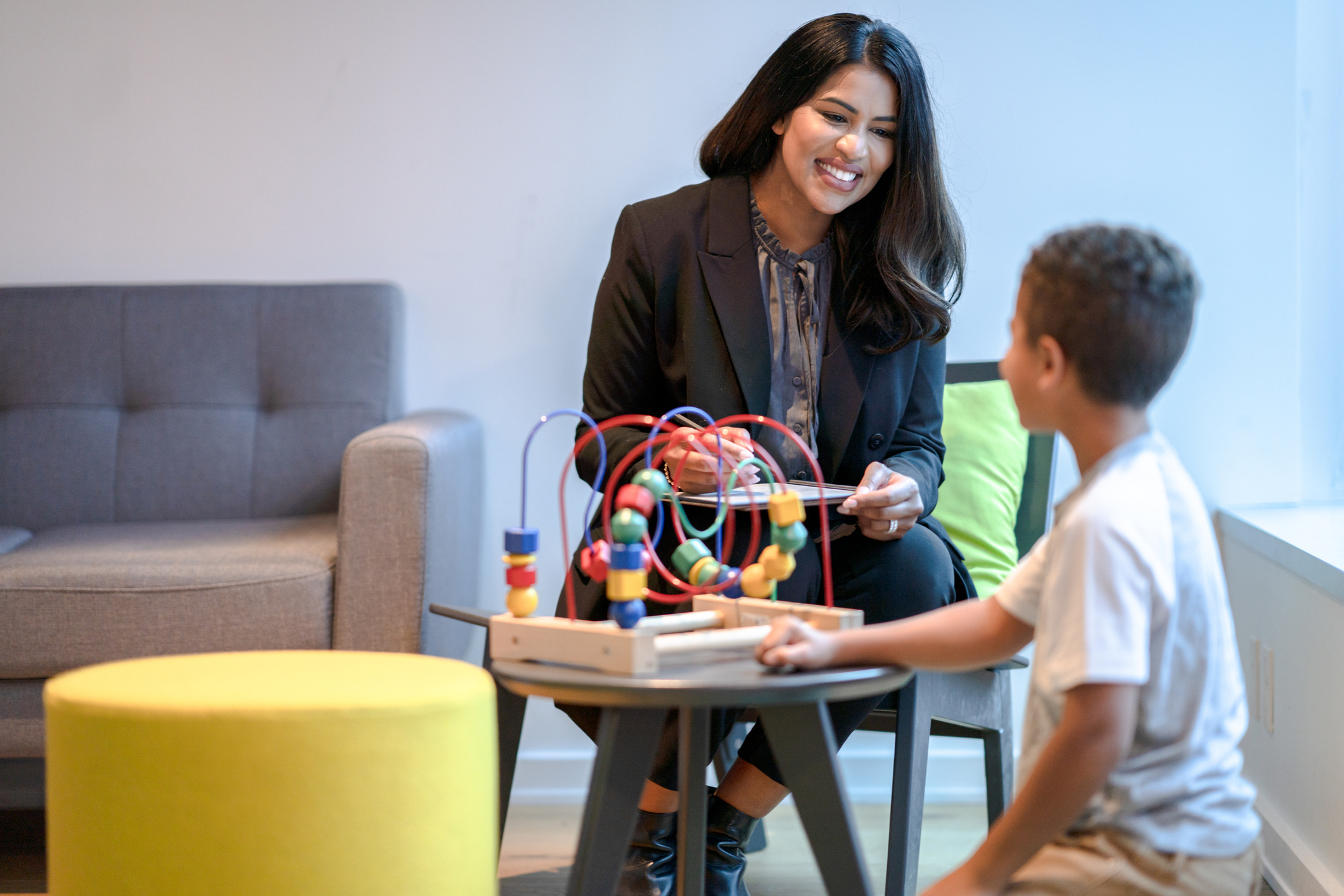The year 2025 may mean different things to different folks – a new start, the quarter-way mark into the century, or a year that the FIFA World Cup will be hosted by the U.S. for the second time! However, this year presents another significant milestone for people of all ages worldwide – the five-year anniversary of the onset of the COVID-19 pandemic. Personally, I remember hearing rumblings about the significance of COVID as early as January or February 2020, but many of the major shutdowns, restrictions, and surges in illness began around March. The disruption lasted for years after that timeframe, and the significant effects on the lives and well-being of children and adolescence were well-publicized. We are here today to check-in on where things stand for them five years after the fact.
Influence of the COVID-19 Pandemic on Youth Mental Health
Around March of 2020, many states in the U.S. and countries around the world enacted restrictions to prevent the spread of COVID. Prevention efforts included measures ranging from mask mandates to social distancing to stay-at-home orders, and from the cancellation of large group events (e.g., proms, graduations) to moving much schooling online. While trying to solve one public health emergency, such safeguards may have unintentionally exacerbated another – what has been called a “youth mental health crisis.” For many youth, the pandemic disrupted their typical social contact and development, academic progression, access to important services (e.g., healthcare, social services, special education), and family stability in terms of health and finances.
As such, patterns in eating, sleep, physical activity, and screen time changed, which may have led to mild increases in clinginess, attention-seeking behavior, maladaptive screen time, and fear of COVID itself for some youth, but more serious onset of depression, anxiety, executive dysfunction, and obsessive-compulsive symptoms for other youth. Furthermore, limitations in instruction during COVID confinements created a trend of learning delays and even difficulties mimicking learning disabilities. Even after returning to in-person schooling, student absenteeism was high. During the lockdown period, some youth may have been affected disproportionately by these kinds of stressors. For instance, those with neurodevelopmental disorders (i.e., ADHD, learning disabilities, and autism) had more difficulties adjusting to online learning. More broadly, according to the American Psychological Association and the CDC, “girls, LGBTQ+ youth, and those who have experienced racism were more likely to have poor mental health during the pandemic,” and spending more time at home meant increased exposure to abuse and neglect in unsafe or under-resourced households, where there may have been a higher risk for violence, food insecurity, and reduced access to health and mental health resources.
COVID-19: Five Years Later
The virus is still around in new variants, but the nationally-declared public health emergency ended in May 2023. Although five years is a long time and much of daily life has returned to “normal,” the consequences of COVID, nevertheless, may be far-reaching. Data are still being collected, and the lasting effects for youth mental health and well-being are somewhat unclear still. Some reports suggest that families generally coped well during the pandemic in terms of parent-child relationship and quality of life stability, and that youth mental health has returned to pre-COVID status. However, other studies suggest that the pandemic-related internalizing concerns of youth may have improved but not fully righted themselves over the past five years. Also, parents of children with special needs may also be experiencing lingering elevated stress. The Nation’s Report Card suggests that school attendance has improved (although other outlets contradict this), and the math scores of American 4th and 8th graders are stable. However, reading scores have continued to decline over the past two years. With such a mixed set of facts emerging, perhaps only more time and research will reveal longer-term trends. In the meantime, we can all continue to pick up the pieces and help youth re-adjust to post-pandemic life.
Tips for Continued Recovery
- Return to routines – The ripple effects of the pandemic cannot be understated, and many routines and relationships were disrupted and have not rebounded despite the lifting of most restrictions. Resuming or creating new routines, health habits, events, and celebrations will help youth regain a sense of normalcy, well-being, and opportunities for joy and personal development.
- Get the screentime back in check – Lockdown was a time well-known for unavoidable extended periods in front of computers, tablets, phones, and TVs. However, as discussed in a previous blog, there are risks to excessive screentime, and getting screen time back to pre-pandemic levels (when possible) may be an important goal for youth.
- Encourage developmentally-appropriate experiences – The COVID period may have made some children fearful, timid, or lacking social or academic confidence. Draw on the experiences of older siblings, grandparents, parents of older youth, and reputable child development sites to understand what behaviors and skills are typical at different ages (e.g., going to a birthday party, asking the teacher questions), and encourage kids to pursue them, even if they feel scary at first and some extra modeling and support may be required.
- Call it out – Caregivers, teachers, and health providers can all work to educate youth about the effects of COVID-19 on mental health and empower them to speak up to process their experiences and seek further help, if needed.
- Advocate for universal mental health screening – Since almost everyone (including kids and teens) was affected by the pandemic, we should assume all could have been at risk for some of the consequences. Given the unpredictable nature and swells in demand, we can probably also assume not all youth who developed pandemic-related mental health concerns have been identified. As such, universal screening by first-line touchpoints (e.g., teachers, pediatricians, other primary care providers) will be crucial for continued mental health recovery for this pandemic mini-generation.
Further Resources
UNICEFL: 3 Years of COVID-19: What now for children’s health and well-being
—
About the Author
Taylor Thompson, Ph.D., serves as a distance learning developer and literature coder on the Services and Products Development team at PracticeWise. Learn more about Dr. Thompson on the PracticeWise team page.







